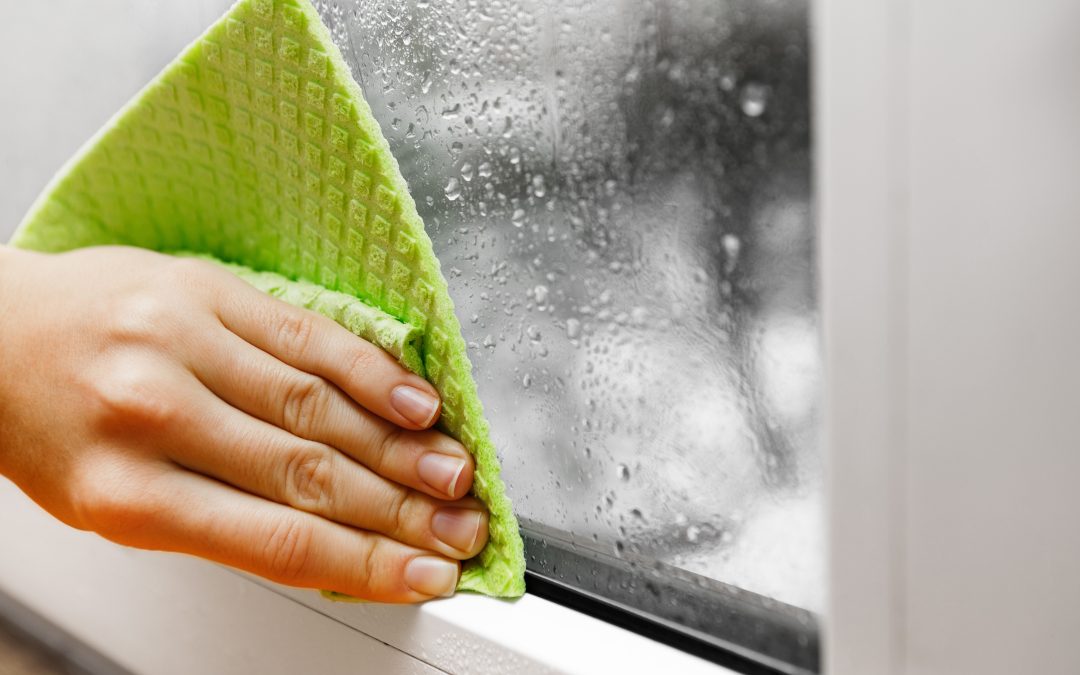It is hard to believe, but the first day of spring will be here in no time. And as we transition from winter to spring, we should start thinking about what that means for your HVAC system.
During the spring rain season in Houston, the combination of warm temperatures and increased moisture from the rain can lead to high humidity levels inside houses. When the air outside is humid, it can infiltrate homes, especially if there are any leaks or poor insulation. Additionally, activities such as cooking, showering, and doing laundry can also contribute to indoor humidity.
What can high humidity levels do to my home?
- Mold and mildew growth: High humidity can lead to the growth of mold and mildew, particularly in areas prone to moisture buildup such as bathrooms and kitchens. This can lead to health concerns and damage to the structure of the home.
- Condensation issues: Excessive indoor humidity can result in condensation on windows, walls, and other surfaces. Over time, this can lead to water damage, peeling paint, and even structural issues.
- Allergen and dust mite problems: Dust mites and other allergens thrive in humid environments. High indoor humidity can cause allergies and respiratory issues for everyone inside the home, especially older adults and children.
- Discomfort: High humidity levels can cause feelings of discomfort, stickiness, and a generally harsh indoor environment.
- Pest problems: Certain pests, such as cockroaches, thrive in humid conditions. Controlling indoor humidity can help deter these pests.
How do I control the humidity inside my home?
A home dehumidifier is a device designed to reduce and maintain the humidity levels in an indoor space. It works by drawing in moist air, removing the excess moisture, and then releasing the air back into the room at a lower humidity level.
There are two main types of home dehumidifiers:
- Refrigerative dehumidifiers: These dehumidifiers use refrigeration technology to condense moisture from the air. The moist air passes over cold coils, where the moisture condenses and drips into a collection tank. The drier air is then released back into the room.
- Desiccant dehumidifiers: Desiccant dehumidifiers use a drying agent, often silica gel, to absorb moisture from the air. These dehumidifiers are effective in colder temperatures and are generally quieter than refrigerative models.
Home dehumidifiers come in various sizes and capacities to accommodate different room sizes and levels of humidity. They can be portable units that are moved from room to room or whole-house systems that integrate with the home’s HVAC system.
What are the benefits of home dehumidifiers?
- Improved comfort: Removing excess moisture from the air can help create a more comfortable indoor environment. High humidity can lead to that sticky, clammy feeling, which can be alleviated with proper dehumidification.
- Health benefits: Lowering humidity levels can help reduce the growth of mold, mildew, and dust mites. This can help decrease the risk of respiratory illnesses and allergy symptoms.
- Preservation of the home and contents: Excessive moisture in the air can lead to damage to wood furniture, electronics, and other susceptible materials. Dehumidification can help protect these items from moisture-related issues.
- Energy efficiency: By reducing humidity levels, you may be able to enhance the efficiency of your air conditioning system. This can lead to energy savings and lower utility costs.
- Odor control: High humidity levels can contribute to musty odors in the home. Dehumidification helps to control these odors and maintain a fresh indoor environment.
At JW East, we understand that every home is different and every homeowner has unique needs. Our experts will work with you to figure out the best solution for humidity control in your home. Schedule an appointment today!

